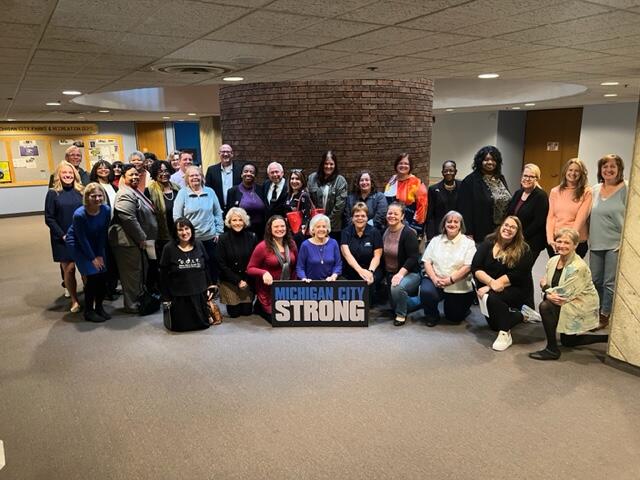Non-profit organizations have been around for centuries, and they have always relied on donations and volunteers to carry out their missions. However, with the advent of technology, non-profits have been able to expand their reach and impact in ways that were previously impossible. In this blog post, we will explore the role of technology in non-profits and how it has transformed the sector.
Streamlining Operations
One of the most significant benefits of technology for non-profits is the ability to streamline operations. With the use of software and automation tools, non-profits can reduce the time and resources required to carry out administrative tasks. This allows them to focus on their core mission and allocate resources more effectively.
Fundraising
Fundraising is a critical aspect of non-profit work, and technology has revolutionized the way non-profits raise funds. Online fundraising platforms like GoFundMe and Kickstarter have made it easier for non-profits to reach a wider audience and raise more money. Additionally, non-profits can use social media to promote their fundraising campaigns and engage with donors.
Communication
Effective communication is essential for non-profits to achieve their goals. Technology has made it easier for non-profits to communicate with their stakeholders, including donors, volunteers, and beneficiaries. Non-profits can use email, social media, and messaging apps to keep their stakeholders informed about their work and progress.
Data Management
Non-profits collect a vast amount of data, including donor information, program outcomes, and financial data. Technology has made it easier for non-profits to manage this data and use it to make informed decisions. With the use of data analytics tools, non-profits can gain insights into their operations and identify areas for improvement.

Service Delivery
Finally, technology has transformed the way non-profits deliver services to their beneficiaries. For example, non-profits can use mobile apps to provide health information to underserved communities. Additionally, non-profits can use virtual reality to create immersive experiences that help donors and stakeholders understand the impact of their work.
In conclusion, technology has played a significant role in transforming the non-profit sector. From streamlining operations to improving service delivery, technology has enabled non-profits to achieve their goals more effectively. As technology continues to evolve, we can expect to see even more innovation in the non-profit sector.
Non-profits have been using technology in various ways to achieve their goals. Here are some examples:
Smart Tech: Social service agencies and other non-profits have been using smart tech to improve their operations. For example, food banks have deployed robots to pack meals, homeless services agencies have used chatbots to give legal and mental health advice, and fundraising departments have turned to AI-powered software to identify potential donors1.
Online Fundraising Platforms: Non-profits can use online fundraising platforms like GoFundMe and Kickstarter to reach a wider audience and raise more money. Additionally, non-profits can use social media to promote their fundraising campaigns and engage with donors2.
Communication: Non-profits can use email, social media, and messaging apps to keep their stakeholders informed about their work and progress. This helps them to build trust and credibility with their stakeholders.
Data Management: Non-profits can use data analytics tools to gain insights into their operations and identify areas for improvement. This helps them to make informed decisions and allocate resources more effectively. For further help, tips, and advice on the role of technology in non-profits, you can visit CPP Luxury to learn more.
Service Delivery: Non-profits can use technology to deliver services to their beneficiaries. For example, non-profits can use mobile apps to provide health information to underserved communities. Additionally, non-profits can use virtual reality to create immersive experiences that help donors and stakeholders understand the impact of their work.




